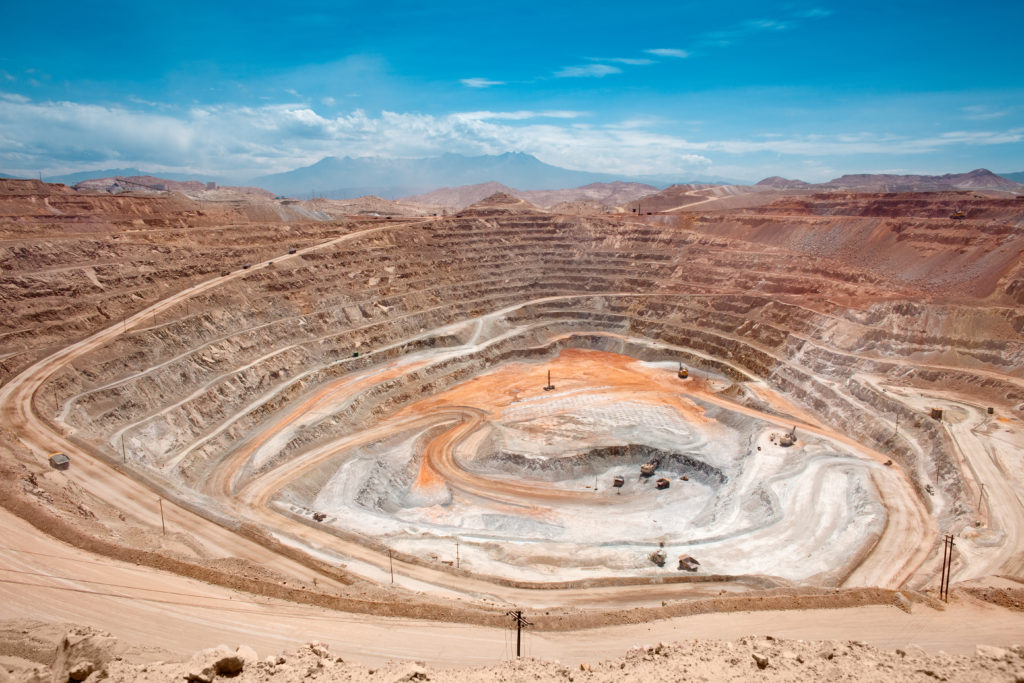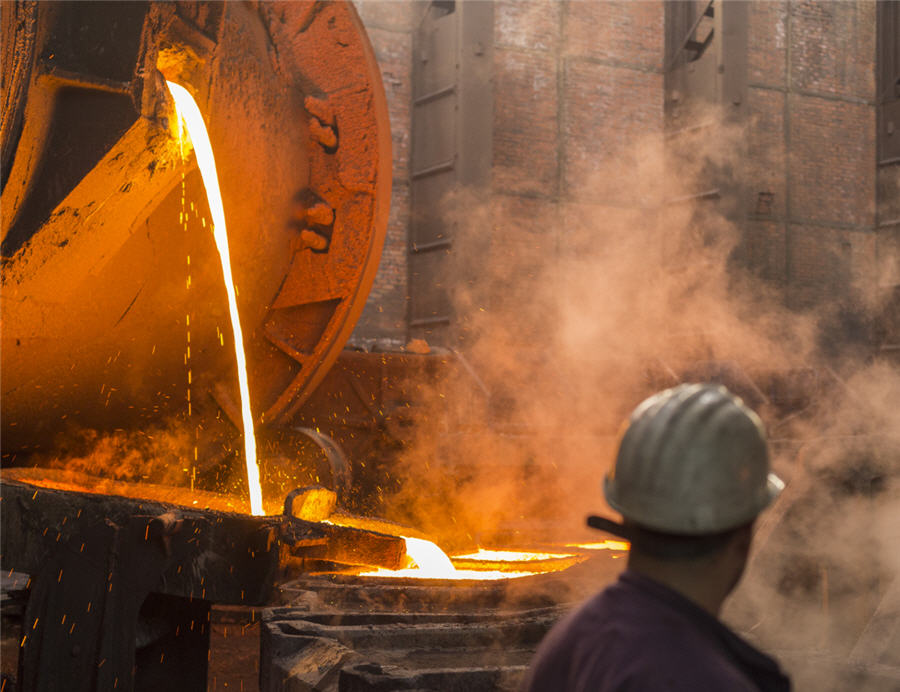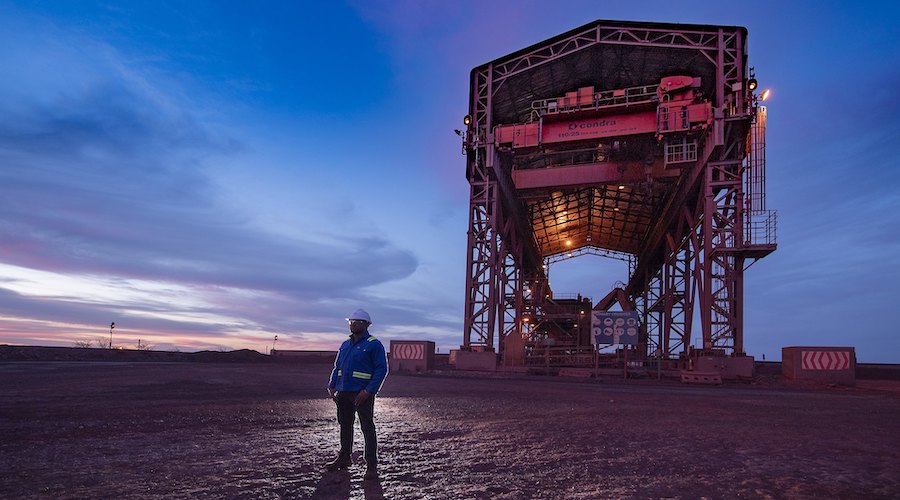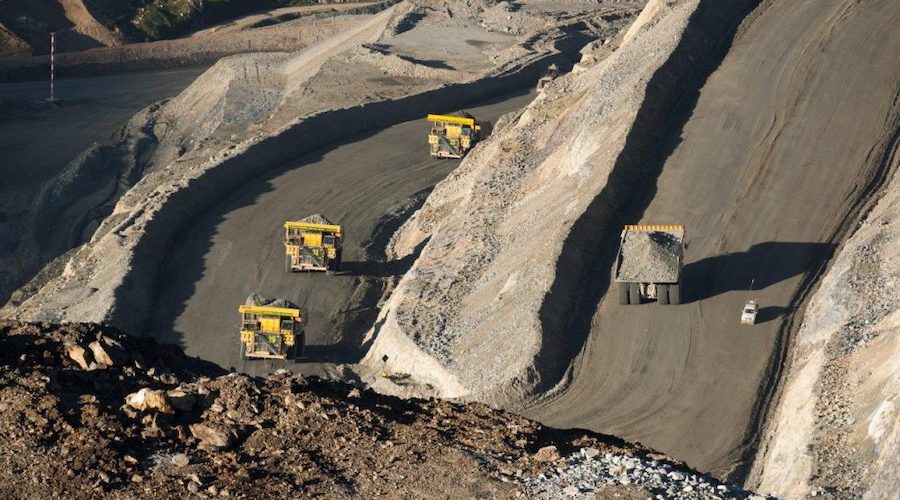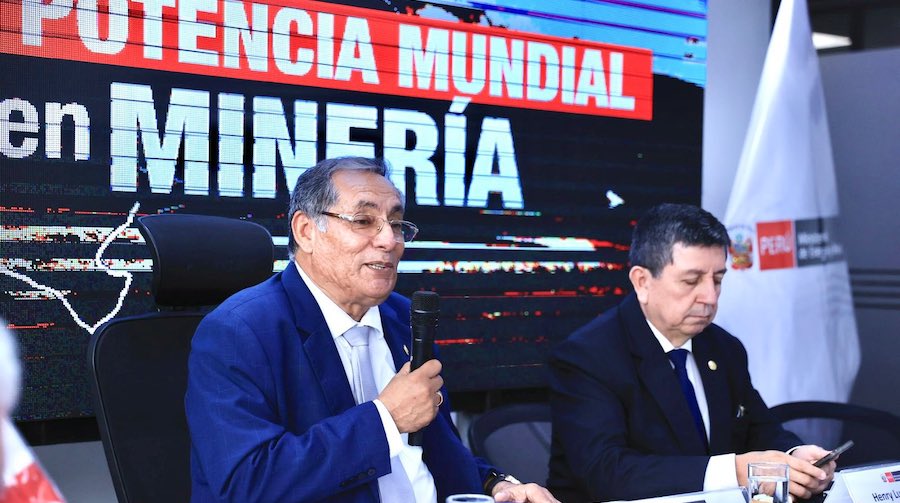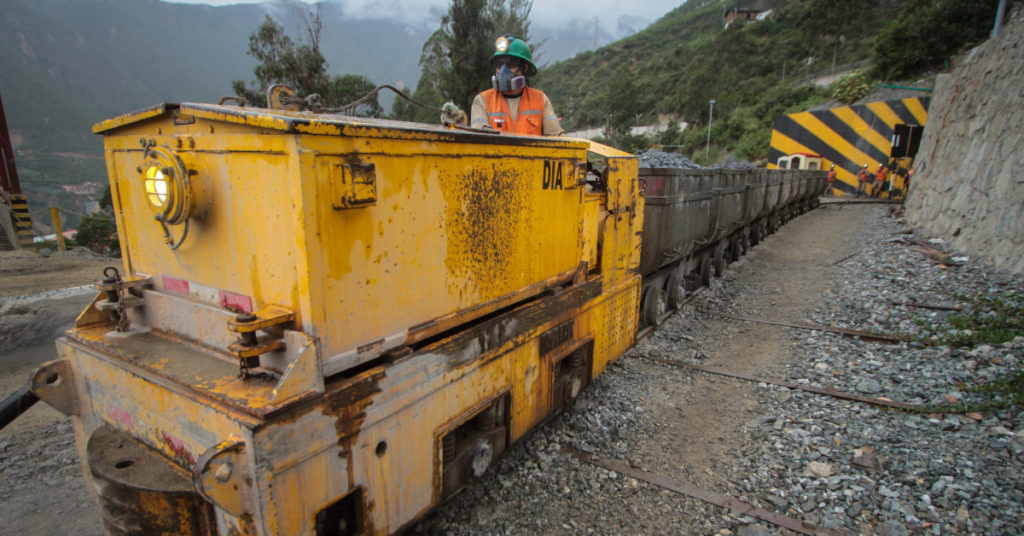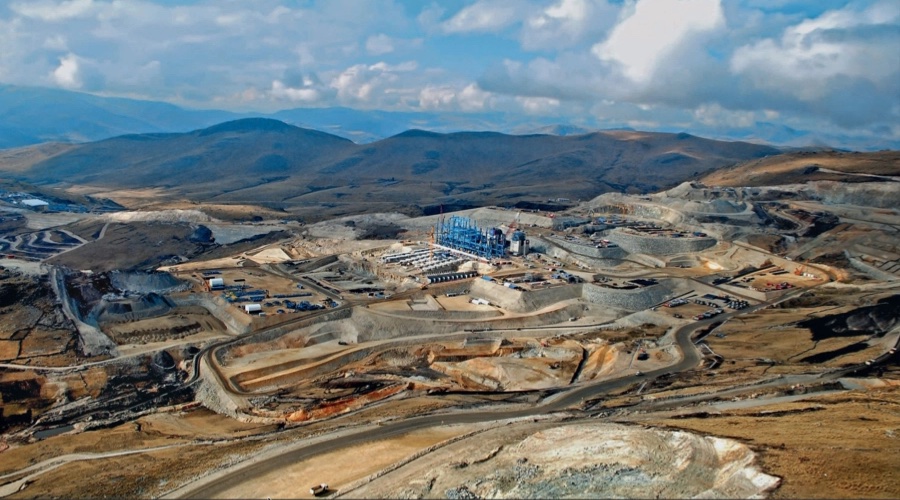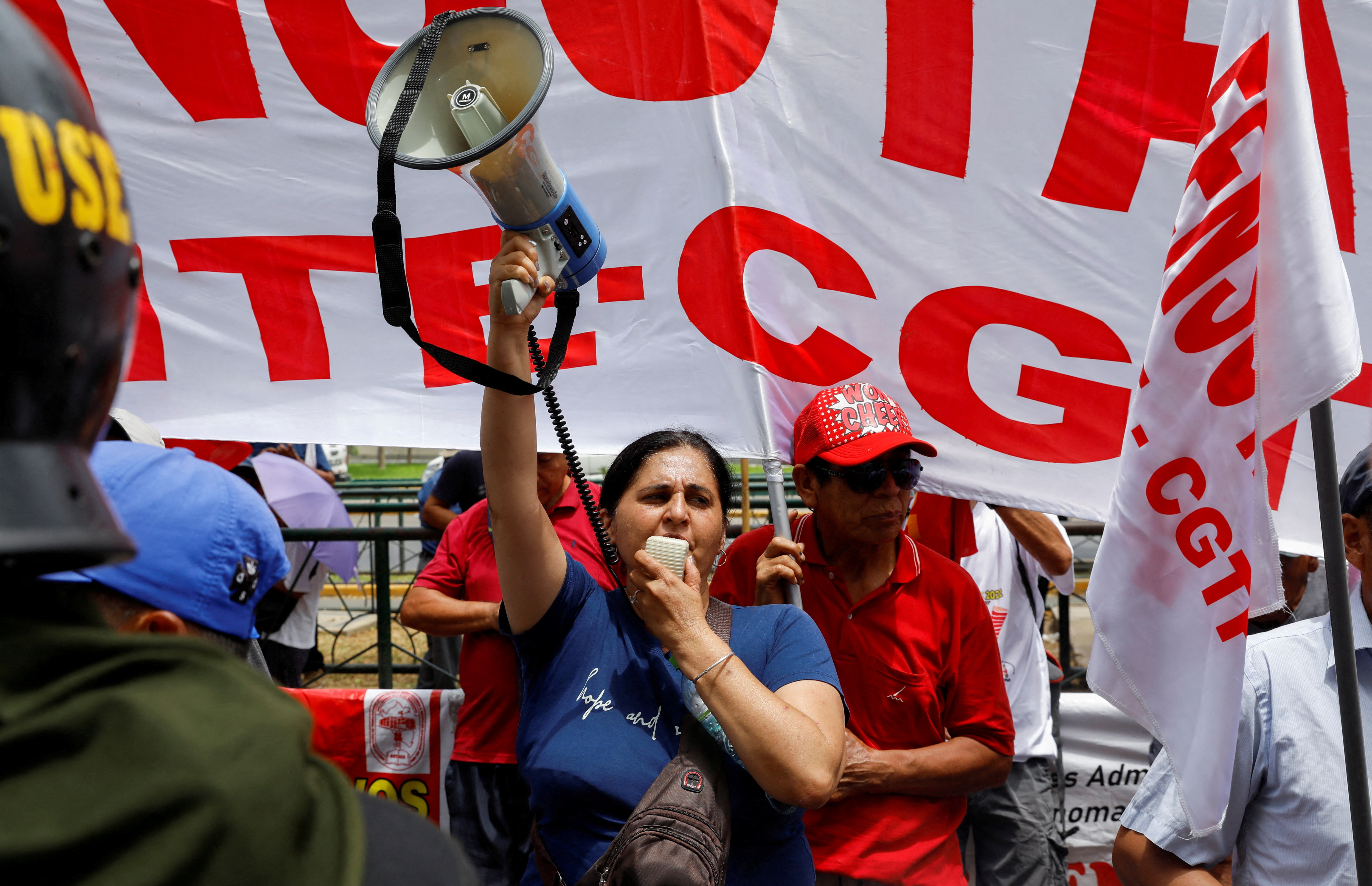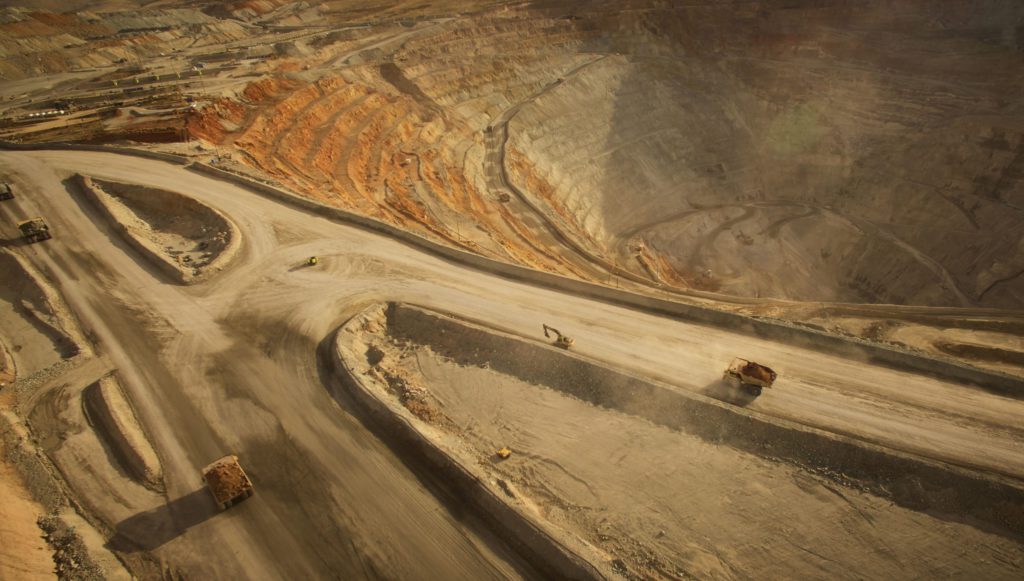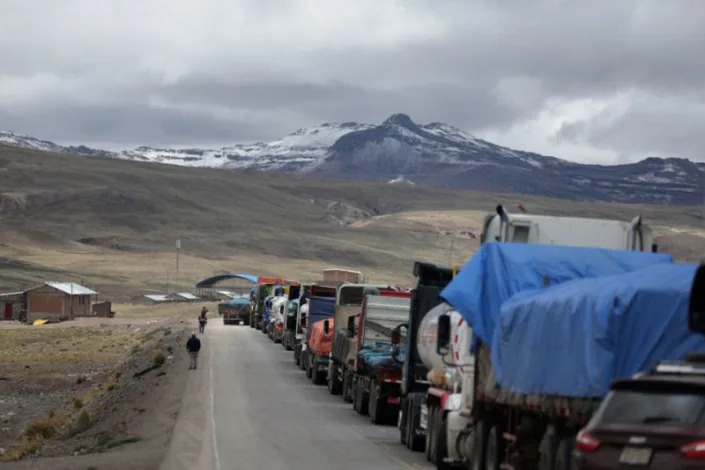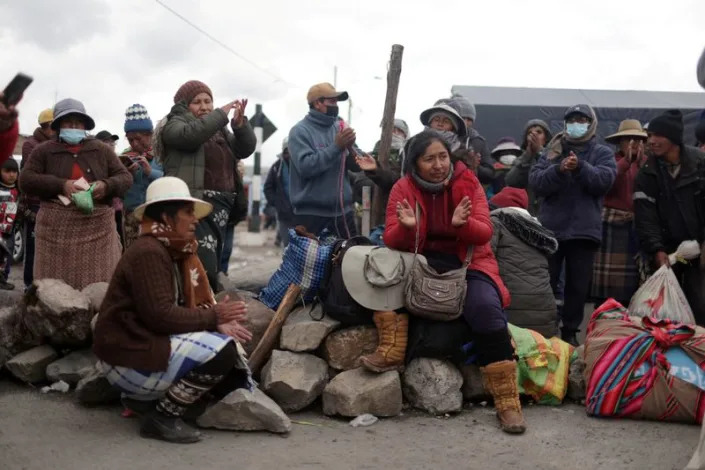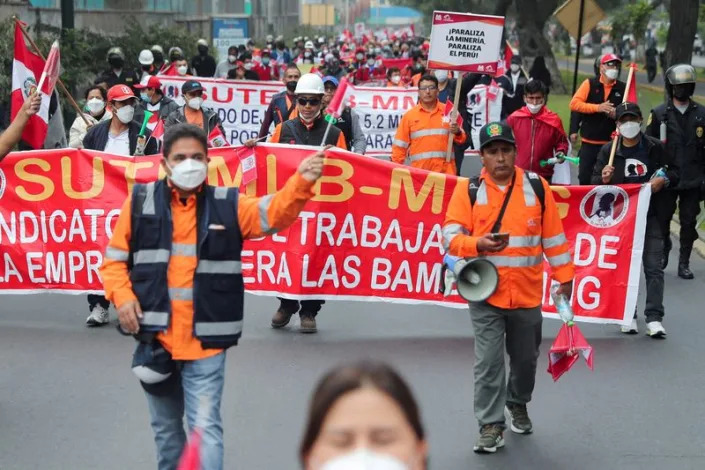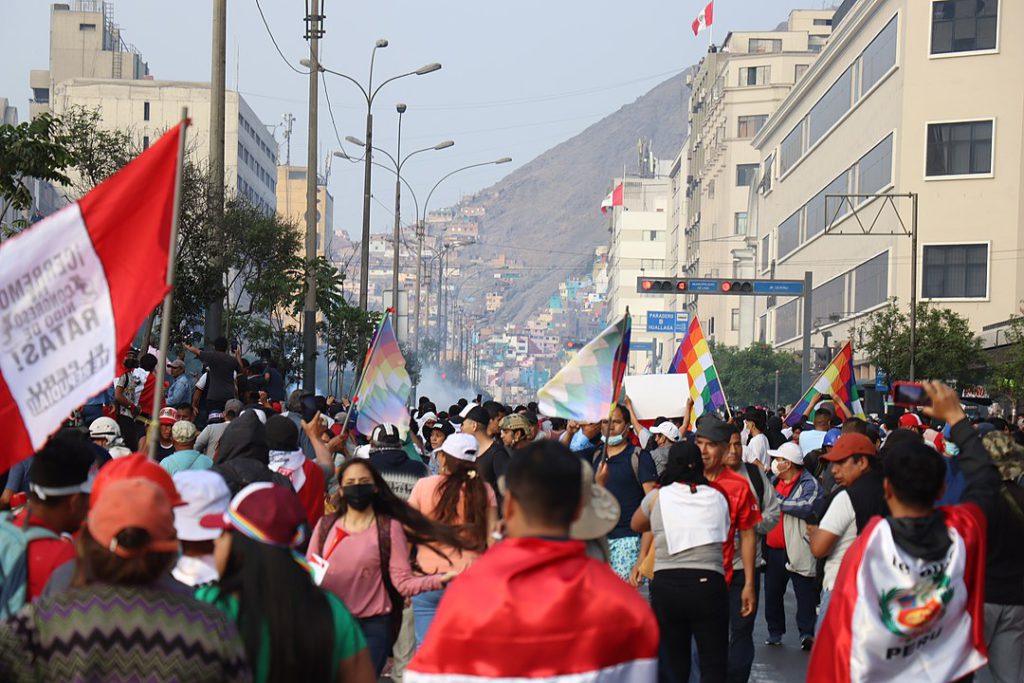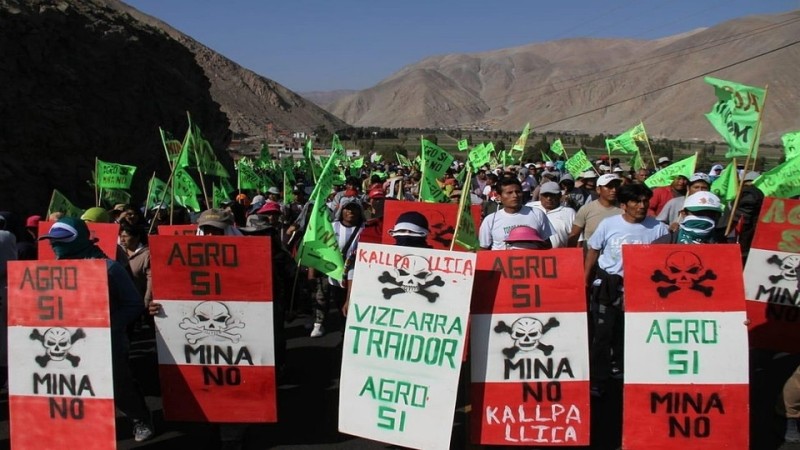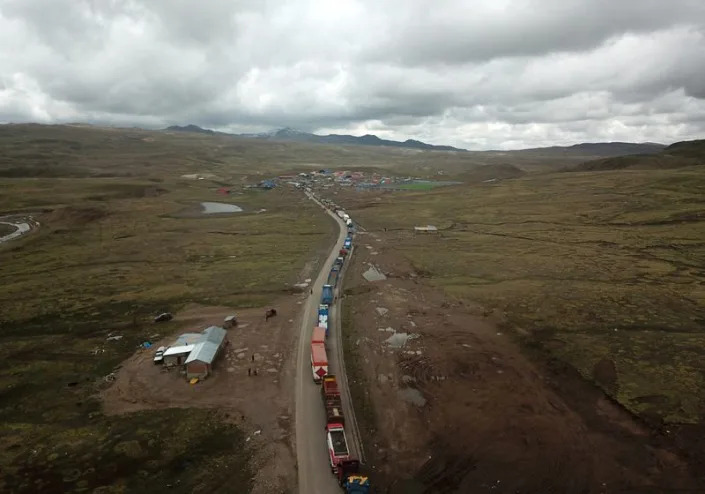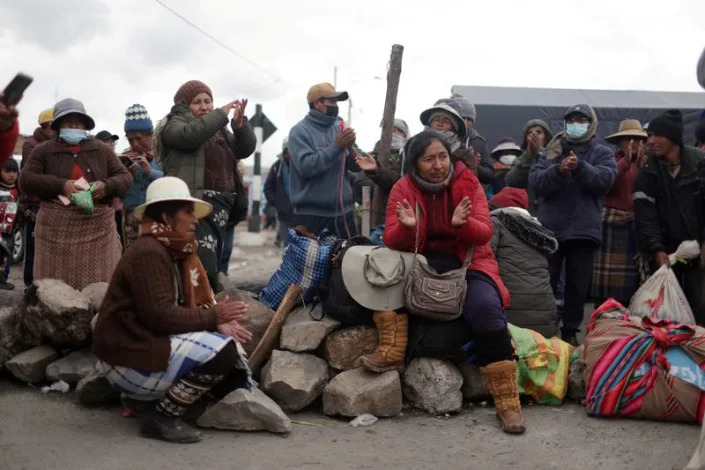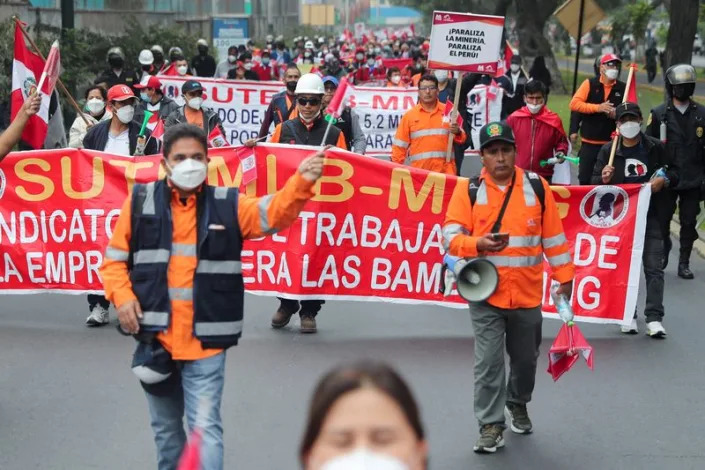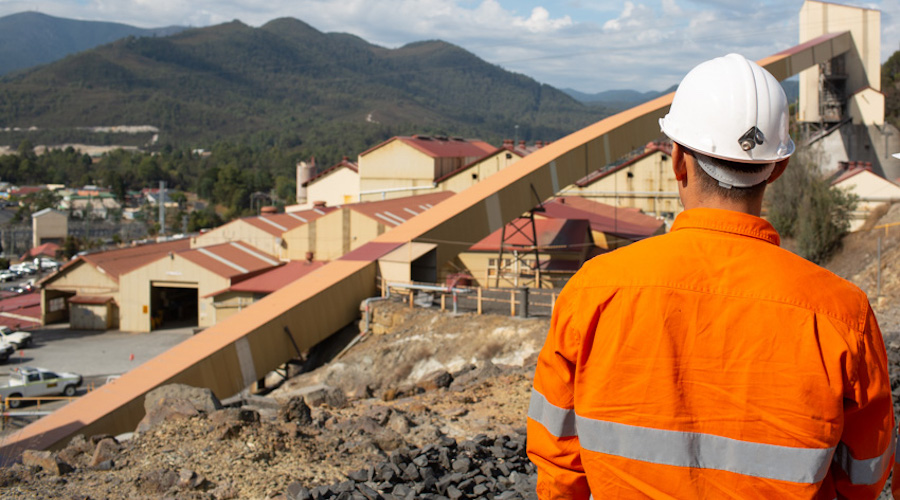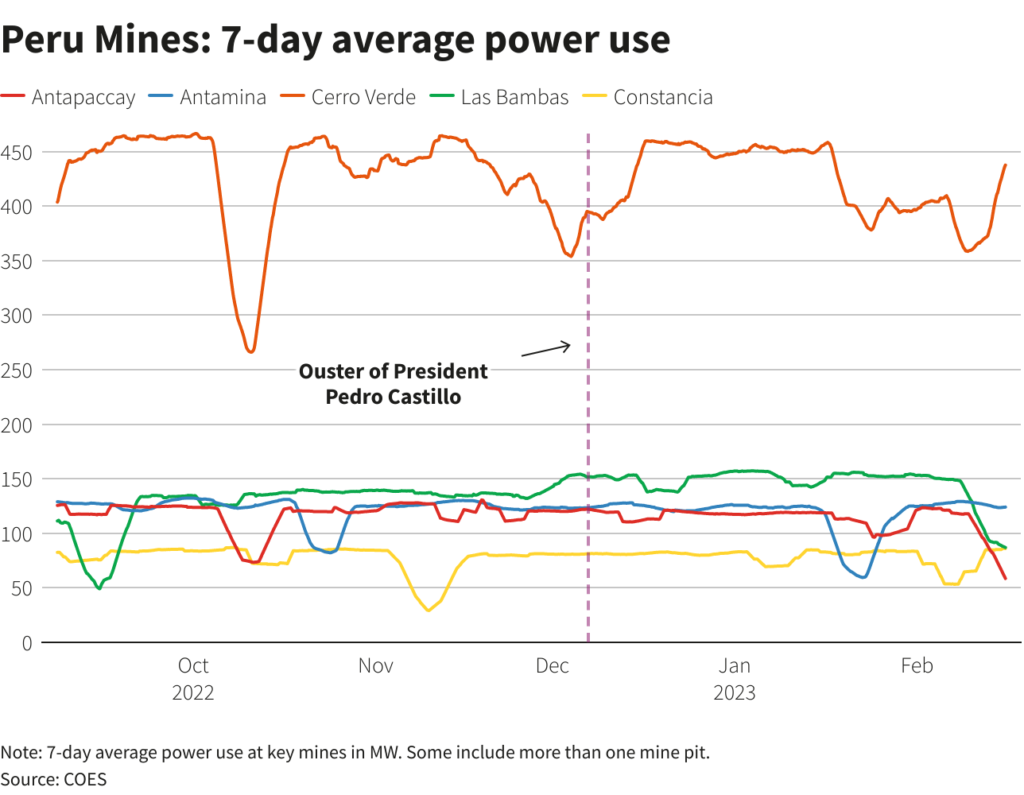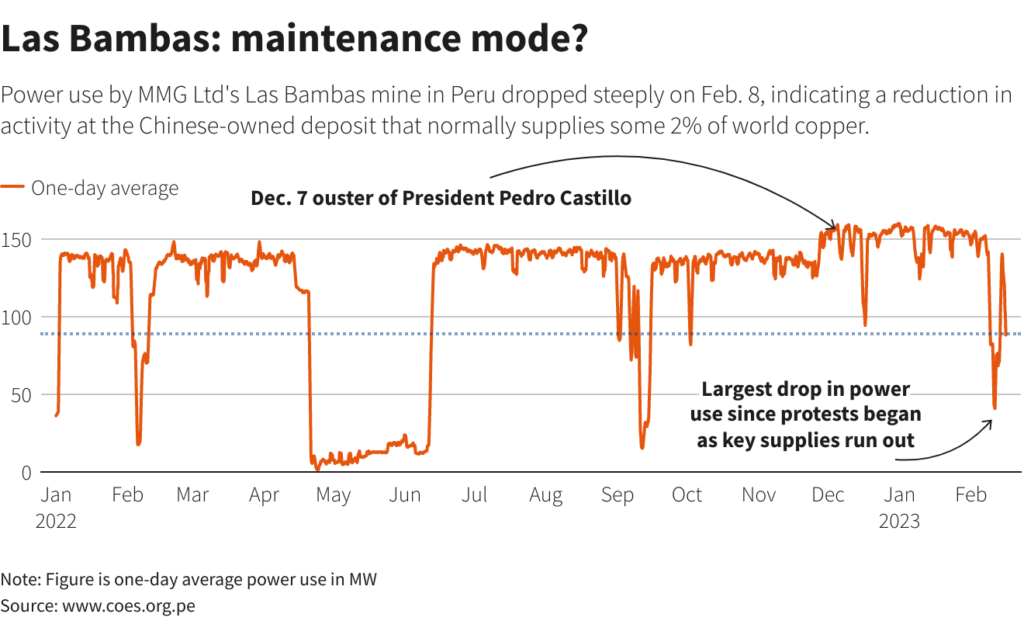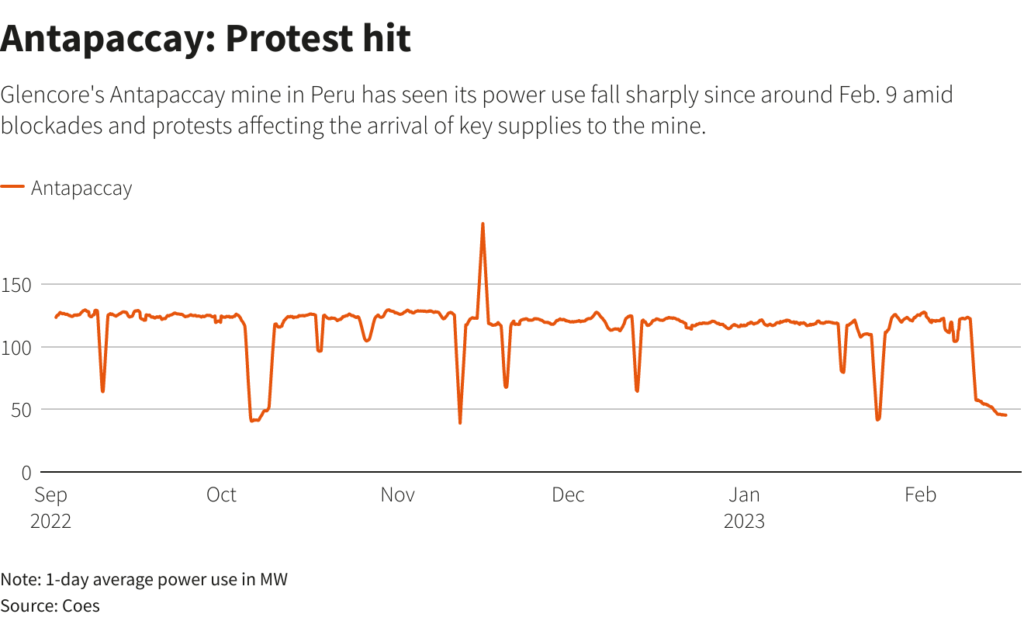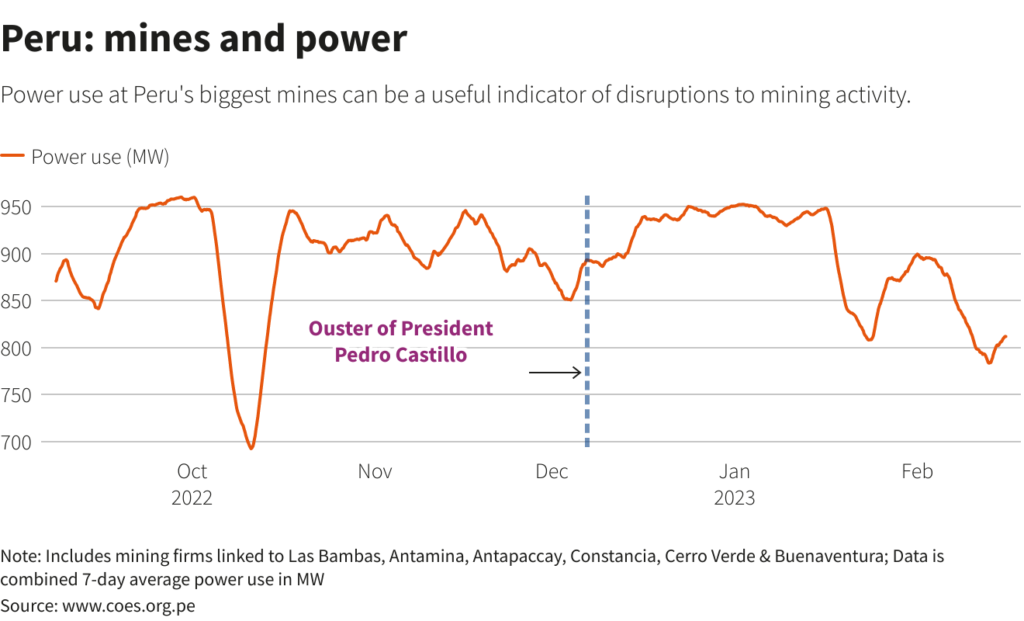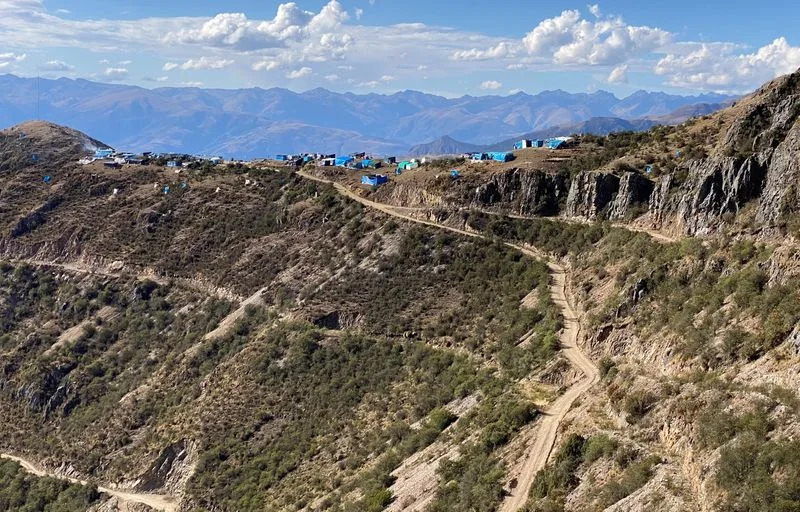Bloomberg News | May 22, 2024 |
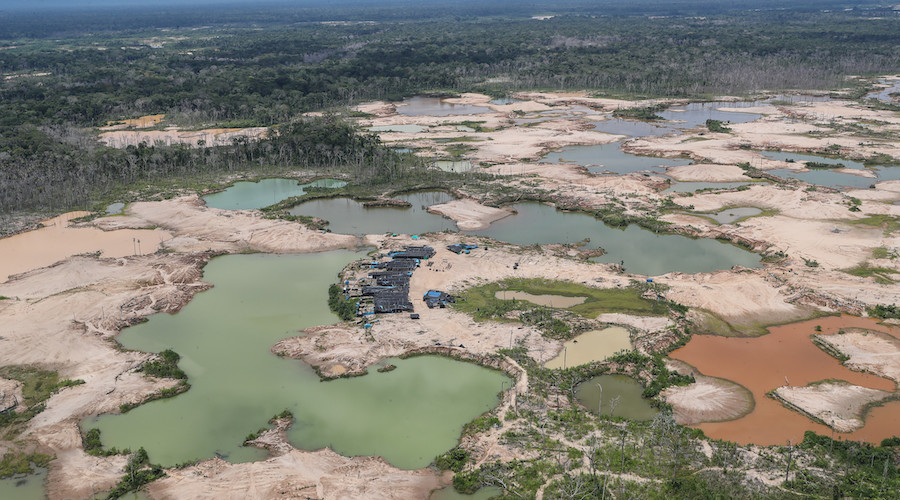
Madre de Dios is one of the areas in Peru affected by illegal mining. (Image courtesy of Peru’s Ministry of Defense, Flickr).
Record prices of gold and copper are buoying the spirits of mining leaders gathered in the Peruvian capital this week.

But surging metal markets are also stoking concerns that the windfall will accelerate growth in illegal production that will increasingly disrupt the operations of global mining companies.
Informal miners are encroaching on the sites of large legal mines in the Andean nation, with executives at the Lima conference telling Bloomberg News they fear confrontations will worsen as prices climb. It’s an example of how surging commodity prices can bolster shadow economies around the world, particularly in poorer nations with weaker institutions, in a challenge to large companies and authorities.
The situation has also led to dangerous confrontations: One of Peru’s top gold miners, Minera Poderosa, has had more than a dozen employees killed in what the industry is increasingly describing as an open conflict between the company and violent illegal miners.
While most illegal mines in Peru focus on gold, there are also cases of undocumented copper operators who have found ways to handle the much bigger volumes needed to extract the wiring metal. Southern Copper Corp. has been trying to clear illegal miners from one of its projects, while MMG Ltd.’s Las Bambas faces the challenge of clearing the site of what will become a planned third pit. First Quantum Minerals Ltd. said Wednesday that it’s also had illegal miners at its nearby Haquira project.
“Evidently, higher prices bring incentives,” Southern Copper chief financial officer Raul Jacob said in an interview. “And we know that if we leave things the way they are now, there will be more illegal mining.”
Energy and Mines Minister Romulo Mucho said this week that illegal mining had become a “huge challenge” and that the government was working on a bill to create a new framework for small miners. An existing scheme to bring informal miners into the system has been criticized as having the unintended consequence of providing illegal groups further shelter from regulatory scrutiny.
Gold destinations
The output of illicit gold in the Andean nation may have climbed to 2 million ounces, or about $4.5 billion, said Victor Gobitz, head of mining and energy society SNMPE, citing the gap between formal output and shipments last year.
While foundries in Europe and North America heavily scrutinize the origin of bullion, that’s not the case in places like India and the United Arab Emirates, Gobitz said.
Operators in Peru exploit legal loopholes and a lack of supervision to boost profit, he said. Processing plants are able to register as small miners at a regional level, thereby staying off the radar of national regulators. With gold prices up about 80% in the past five years, such plants are able to fund more illegal mines in remote border areas and the Amazon, Gobitz said.
The formal mining industry is urging authorities and parliamentarians to trace the entire productive chain, including who produces, trades and uses supplies like explosives — and where bullion is exported for final refining. There has been some push-back from those defending the as many as half a million people working in precarious conditions in Peru.
“Those profiting are people that have treatment plants, who more than likely fund small miners, and those that sell critical supplies,” Gobitz said. “With such high prices and a state that has limited reach in these remote areas, this activity emerges.”
(By James Attwood and Marcelo Rochabrun)
Reuters | May 21, 2024 |
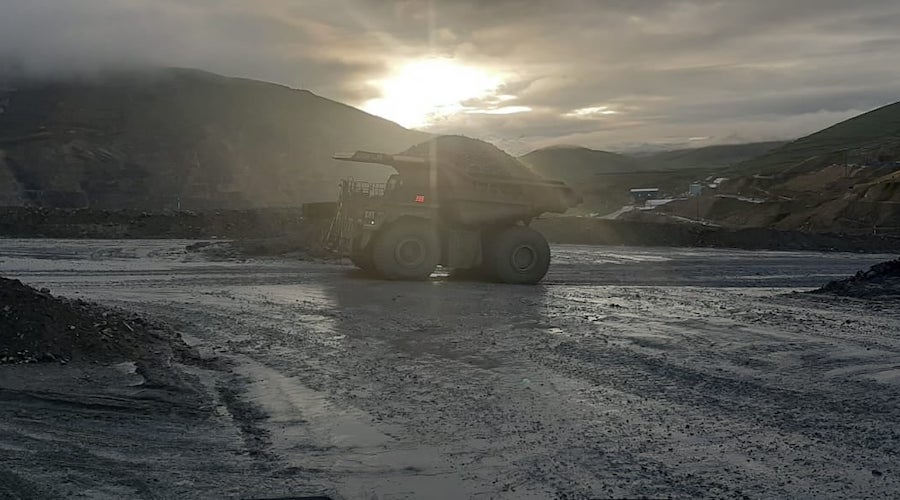
Las Bambas copper mine. (Image by MMG Las Bambas, Facebook.)
The Peruvian government’s 2024 copper production goal of 3 million metric tons is realistic, senior industry executives said on Tuesday, as the country seeks to boost mining investments to help lift the economy out of recession.

The South American country produced 2.76 million tons of copper last year, dropping its rank from first to second for global production of the red metal. It still ranks first globally for export volumes

Mining is key to Peru’s economy, which fell into a recession in 2023 due to adverse climate effects, social conflicts and a drop in investments.
“The 3 million ton projection is realistic,” Carlos Castro, manager of corporate affairs and business development at Minera Las Bambas, told Reuters on Tuesday on the sidelines of a forum attended by global mining executives.
Las Bambas, owned by the China’s MMG Ltd, has seen production drop in the recent years in the midst of social protests by residents demanding greater benefits from the mine.
“It’s a reasonable projection,” said Raul Jacob, vice president of finance at Southern Copper, the country’s third-largest copper producer.
Southern Copper hopes to increase its copper production by 20% this year from 2023, when it extracted 374,149 tons of the metal, according to government figures.
Peru’s Mining and Energy Minister Romulo Mucho announced the 3-million-ton goal in March.
“We’re going to break the record this year, we can do it, the first three months of the year show that we’re growing,” Mucho said on Tuesday.
Miners’ confidence comes as copper prices hit two-year highs.
Victor Gobitz, president of Antamina, Peru’s second-largest copper producer, said the forecast is “very optimistic,” but still achievable. “I would estimate production will land in the 2.8 to 3 million tons range.”
Antamina, which is controlled by Glencore, BHP, Teck and Mitsubishi, produced 435,378 tons of copper last year, and hopes to maintain that level in 2024.
In the last year, Peru has granted environmental permits for the expansion of some key projects and expects the construction of others such as Southern Copper’s Tia Maria.
Southern Copper’s long-stalled $1.4 billion Tia Maria project in Peru is set to break ground by the end of the year or in the first half of 2025, according to a senior company executive.
(By Marco Aquino; Editing by David Gregorio)

